Schulenburg, Texas, is a thriving, peaceful little town of 2852 citizens nestled in the rolling hills between Austin and Houston. Its beginning dates back to a land grant given to Kesiah Crier in 1831 by the Mexican government and was settled by German and Czech immigrants whose influence, customs, and style are still much in evidence today, perhaps most notably in the painted Catholic churches begun in the late 1800s that are still active today. In fact, in 1984 the churches were listed in the National Register of Historic Places, and in 2005 Schulenburg was designated by the 79th state legislature as the Official Home of the Painted Churches of Texas. Not being able to replicate the grand cathedrals they left in Europe in their new homeland, they could instead make the interiors of their wooden and brick and stone structures elaborate works of art with stenciling, freehand art and murals, faux marbling, stained glass, and gold-leaf details.
My friend Elaine and I visited these churches this June, and we were awed by the beauty and tranquility of these places of worship.
Six painted churches are located in the Schulenburg area. We toured four of them with docents from the Schulenburg Chamber of Commerce who shared the history of each church, starting with this one. Locals refer to it as St. Mary’s because St. Mary’s Parish was established in 1855, but when the present stone church was built in 1895, it was dedicated under the name The Assumption of the Blessed Virgin Mary. It serves the small community of Praha, but its address is listed as Flatonia, and it serves a Czech congregation.
The vaulted ceiling was painted by a Swiss artist and has never been repainted. The columns are painted to achieve the look of marble, but they are wood.
The high altar is decorated with gold leaf, as are many other structures in the church.
The ambo is also decorated with golf leaf.
The styles of the Fourteen Stations of the Cross in each church were different, designed in the same style and colors as the rest of the church. I learned that either way the stations are hung, whether clockwise or counter-clockwise, and depending on the direction Jesus is traveling, he should be facing the same direction in most of them.
Plants said to represent the Garden of Eden, Texas style, are scattered throughout on the sides of the ceiling. It is said to be Texas style, because all the plants in this version are native to Texas.
We viewed the confessional inside and out.
These memorial shrines and others located on the church grounds and cemetery are in honor of the nine young men from Praha who lost their lives in WW II. Since 1962 a memorial service is held the Sunday before Veteran’s Day to honor all veterans, especially the Praha Nine.
As we were leaving and looked back at the cemetery, which was dedicated in 1865, I asked what the inscription on the marker said. “Welcome to Praha” in Czech, was the answer, Praha being Czech for Prague.
The second church we visited was the Nativity of the Blessed Virgin Mary. It, too, is sometimes referred to as St. Mary’s, and is located at High Hill, but the address is Schulenburg. This church is considered a German church.
While it looks rather simple from the outside, inside is another story.
The columns look like marble, but they were painstakingly painted to look that way.
These Gothic arches are not wood, but were painted on the ceiling and really do look like wood.
This church had an unusual version of the Last Supper decorating the high altar. Look closely and you will see eleven disciples at the table; Judas is the shadowy figure leaving the table.
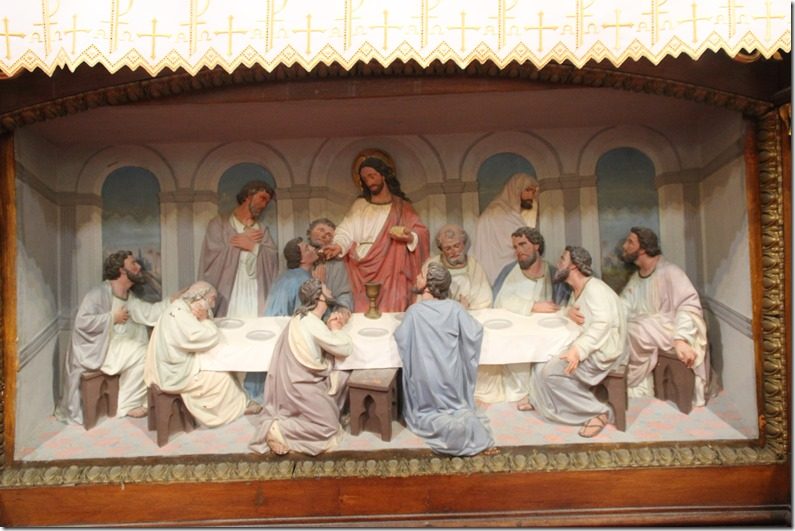 If the pulpit has a canopy over it, it is called an ambo. This church and the Praha church have an ambo; the others simply have a pulpit. The canopy helped with the acoustics in these large, tall buildings, making it a bit easier for the parishioners to hear the priest during the sermon.
If the pulpit has a canopy over it, it is called an ambo. This church and the Praha church have an ambo; the others simply have a pulpit. The canopy helped with the acoustics in these large, tall buildings, making it a bit easier for the parishioners to hear the priest during the sermon.
The Stations of the Cross here are fairly simple, but eye-catching with the gold leaf.
Their Baptismal is simple but pretty.
All the churches had stained glass windows. This is one of the more elaborate ones.
As we left for the next church, we were treated to a lovely tree-canopied drive leading to the piano bridge, an old bridge that, because of the way the planks were set in the metal of the deck, it sounded like a piano when it was driven over. Sadly for us, the deck had been repaired and updated and no longer sounded like music when we drove over it.
The third church was in Dubina, the Saints Cyril and Methodius Catholic Church. This Czech community and church have Weimer as their address. The first church here was built in 1877, enlarged in 1890, and destroyed by a tropical storm in 1909. The present building was finished in 1912. In 1952, however, the church was modernized and the frescoes and stenciling were painted over. Later, parishioners removed that paint and stenciled around the designs and had professional painters paint beige and blue in the backgrounds to reveal the original artwork.
All over the ceiling were painted six-pointed stars, which might look like the Star of David from the Jewish faith, but these are considered Stars of Creation because the world was created in six days.
This church’s front altar was emblazoned with the Lamb of God surrounded by gold leaf. The lamb was originally attached to the high altar, but in 1968 it was moved forward when Vatican II had the priest face the congregation.
This church had the Stations of the Cross in elaborate wood frames.
Above the columns angels were painted symbolizing various concepts important in Catholicism.
This church’s windows and light fixtures were simple but pretty.
I paused here for a picture of our knowledgeable and fun docents, Terri Wagner and Gigi Boman.
As we left, I couldn’t resist taking this picture of the still usable outhouses to the side of the church. We are in the country, ya’ know! The parishioners get to use the inside facilities on Sunday, but if you are on a tour, you might get to use these!
The Dubina cemetery faced the church. An inscription on the cross you see prominently in the distance has been translated to say, in Czech, “Here lie the Czech people. If you have come to pray for us, thank you. If not, leave us alone!” Wonder what brought that on? Czech people are known to be very honest and blunt!
Our last church was in the community of Ammannsville, the St. John the Baptist Catholic Church. This Czech church also has a Schulenburg address. This third and present church building was completed in 1919 after the first one was destroyed by a storm, and the second one burned down. Villagers were able to rescue some of the statues from the fire, and they now grace the sanctuary.
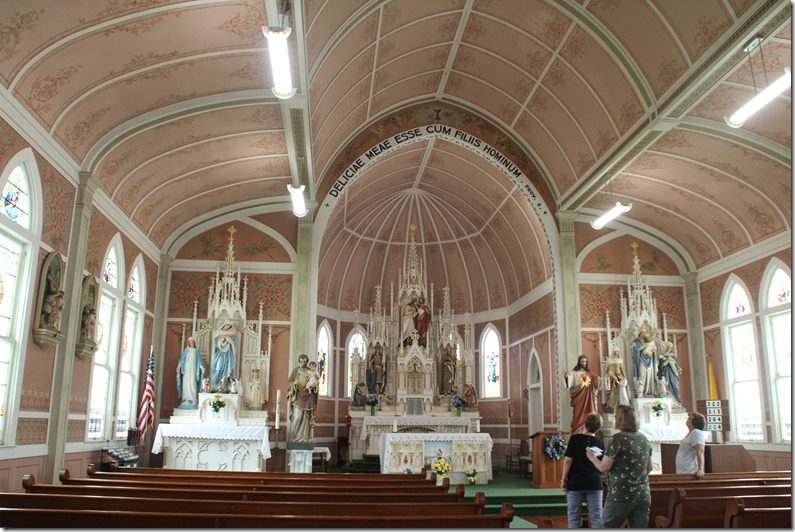 An example of another stained glass window.
An example of another stained glass window.
I thought these were pretty doors and windows.
All the churches had statues on either side of the high altar. The one that caught my attention here was of the Sacred Heart of Jesus. Many times these side altars will also hold statues of the Virgin Mary and St. Joseph,
As I mentioned before, these Stations of the Cross match the style of each church they are in. And you will notice the inscription in this Czech church is written in Czech. Each station in St. John the Baptist contains a relic of some sort, like a small bit of dirt from Jerusalem or an item blessed by the Pope, for example, which was a traditional practice in Europe.
Most painted churches have stenciled artwork of various designs decorating the walls. This is an example from St. John’s.
St. John’s had this Infant of Prague in its sanctuary. Back in the 17th century, The Infant of Prague, a small statue, was a gift from a Spanish queen to her daughter as she left for her arranged marriage to a Bohemian king. The queen told her daughter that as long as she kept the Infant in a place of honor, she would be prosperous and blessed; she did, and she was. The original statue is still housed in Prague to this day. An Infant of Prague can be found in all three painted Czech churches, either as a picture or a small statue.
I liked this view of the cemetery on the hillside with the cows in the pasture; fitting for a country church, and a fitting end to our tour.
The Ascension of Our Lord Catholic Church located in Moravia, and St. John the Baptist Catholic Church at St. John are the other two painted churches in this area. They still have services, but are only added to the tour if requested. The churches at Swiss Alp and Freyburg are considered historic churches, but are not considered painted churches.
My pictures don’t do justice to these places of worship. It is one thing to look at a picture; quite another to be inside and feel the quiet, the holiness expressed, as the soaring ceilings and designs point to the heavens. A trip to Schulenburg for a tour of the churches is well worth the effort to really appreciate the work that went into them and to feel the reverence they evoke. And the best way to do that is on a guided tour to hear their histories and make sure the sanctuaries are all open.
Contact the Schulenburg Chamber of Commerce at 979-743-4514 or schulenburgerchamberofcommerce@cvtx.com to set up your visit.
Thanks to Terri Wagner and Gigi Boman for their help with this story. The Schulenburg Chamber of Commerce brochure about the churches on the tour was a great help as well.
Depending on which source you check, anywhere from twenty to thirty-one painted churches can be found in Texas. One that is near Muleshoe that has a very different history is the St. Mary’s Catholic Church in Umbarger. Read its story in my blog at https://www.aliceliles.com/2021/01/st-marys-and-the-pows.html
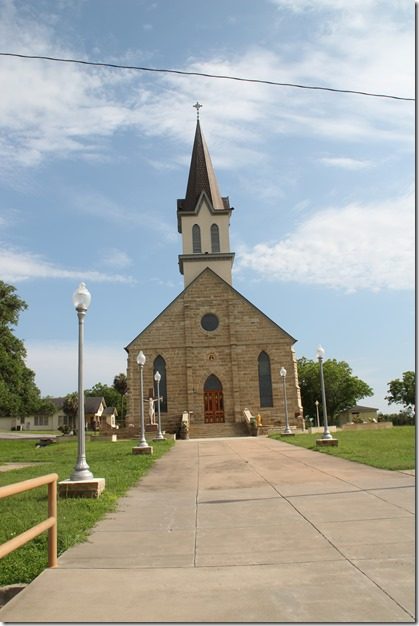
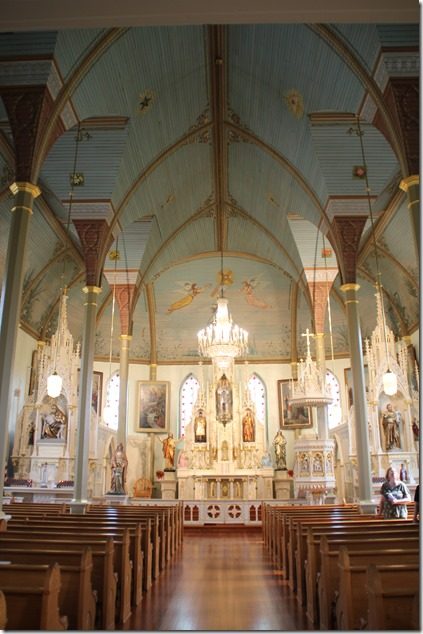
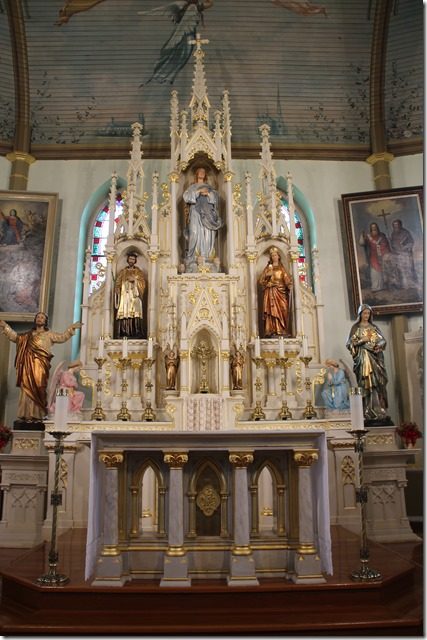
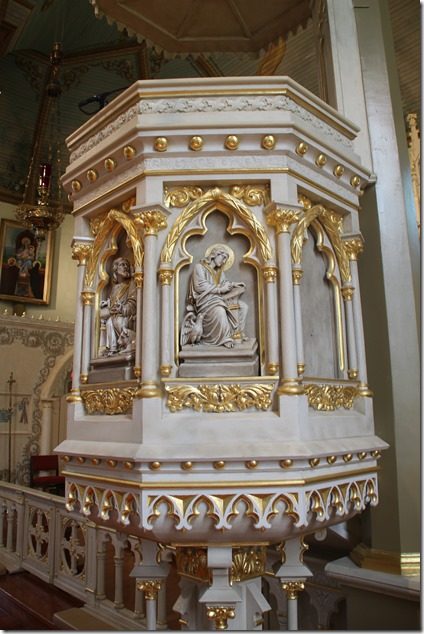
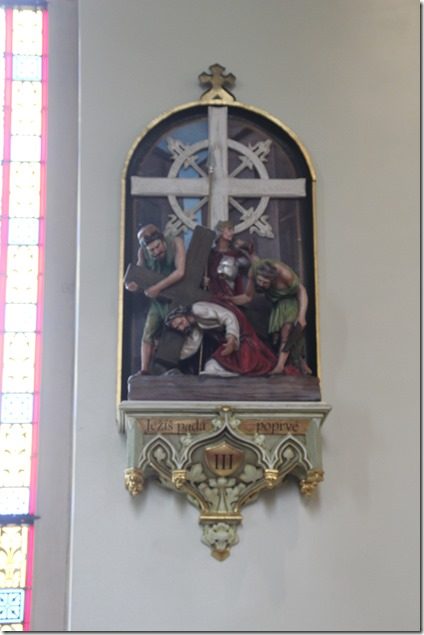
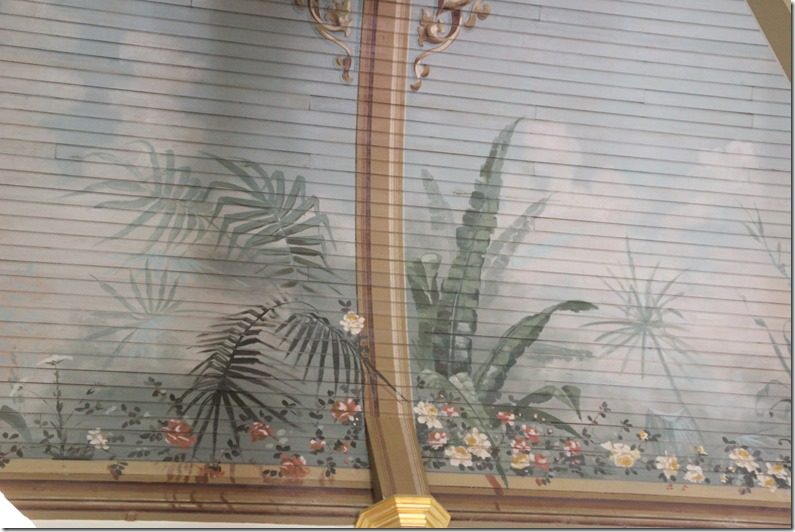
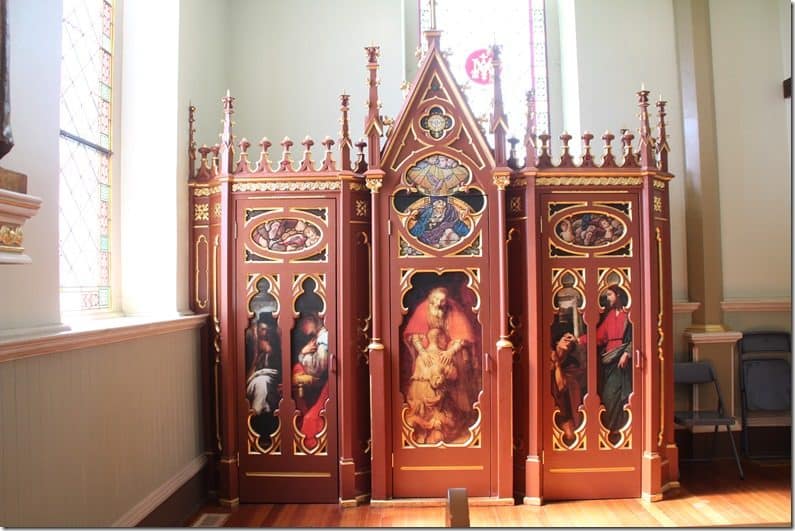
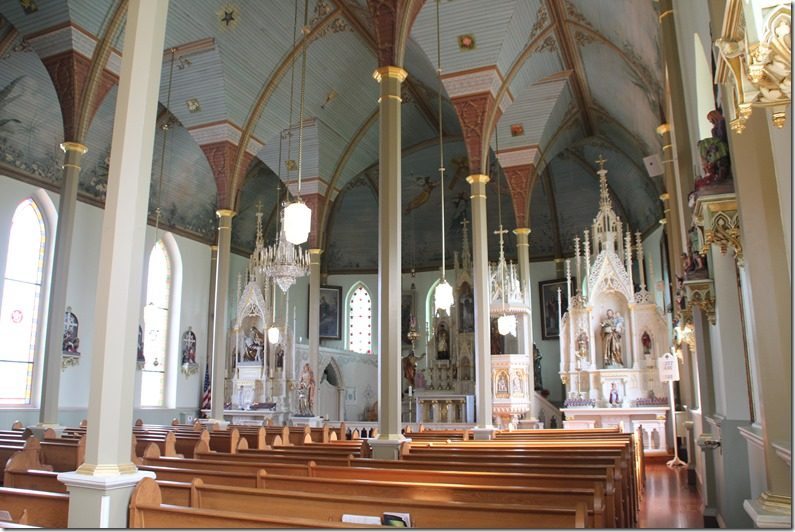
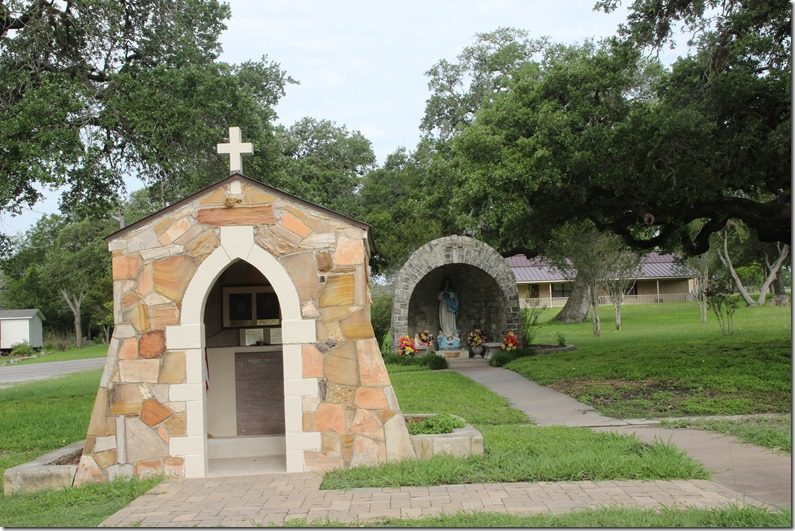
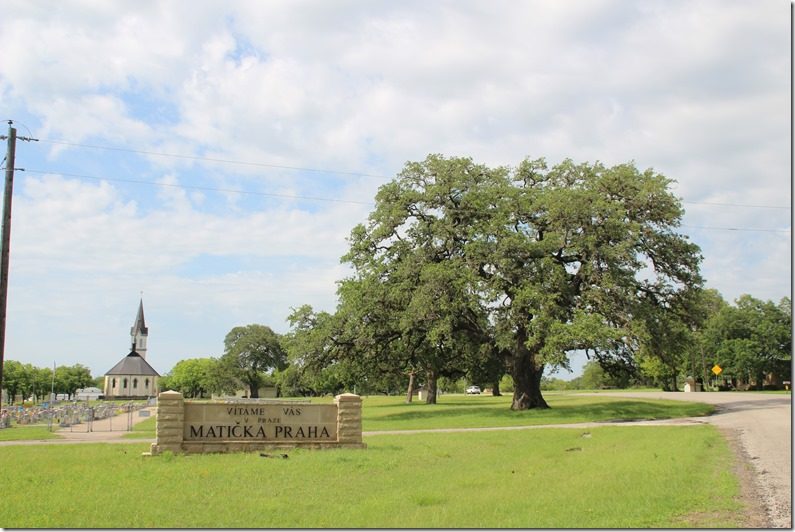
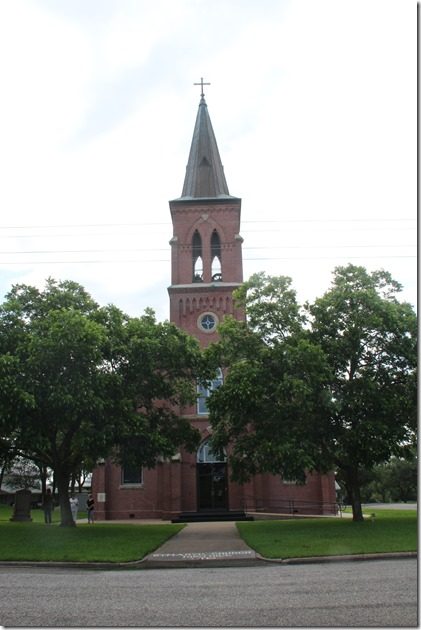
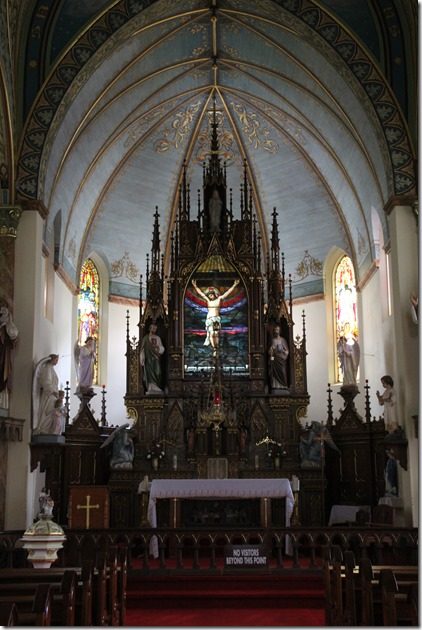
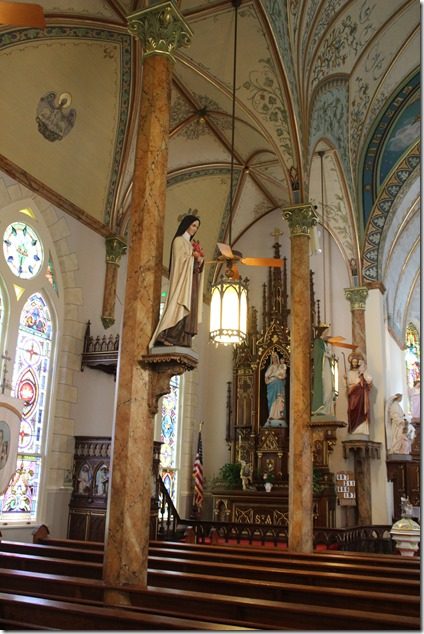
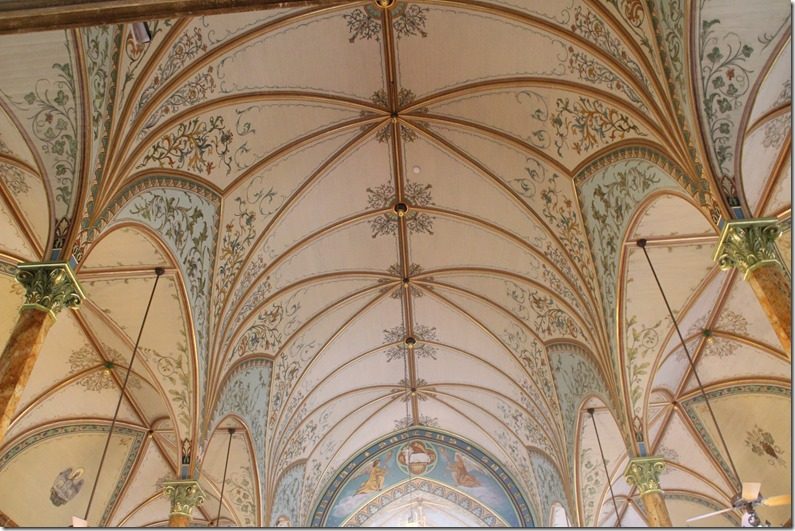
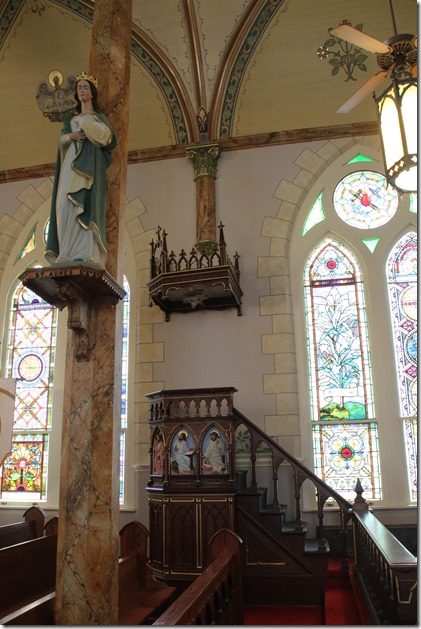
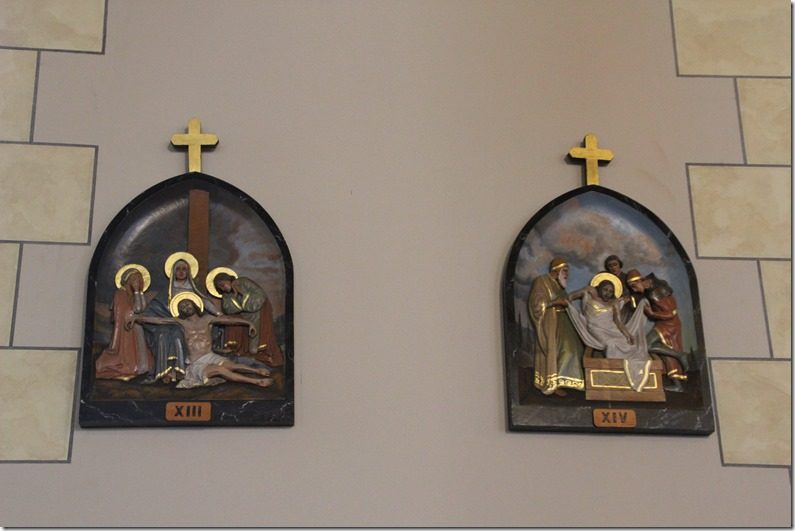
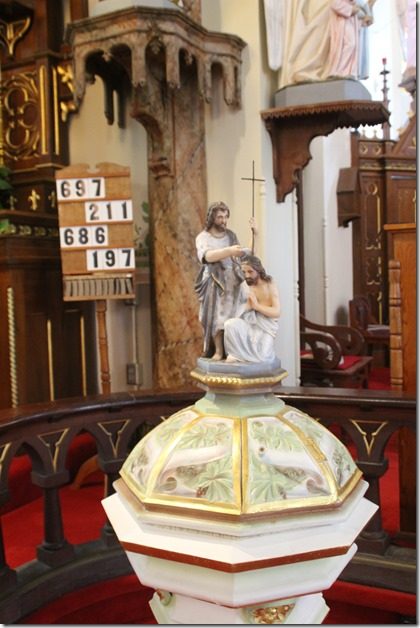
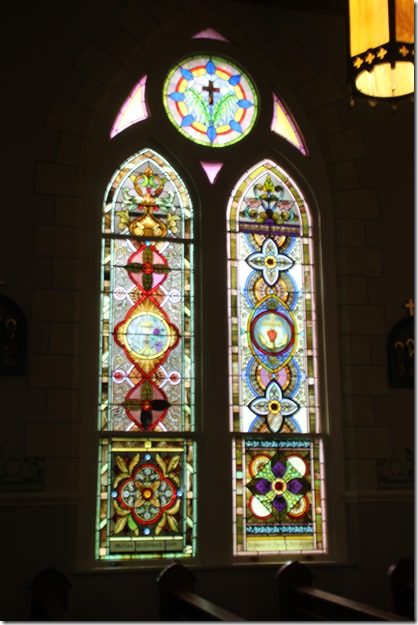
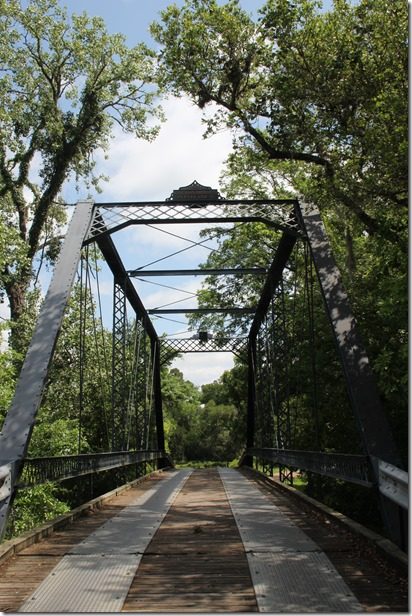
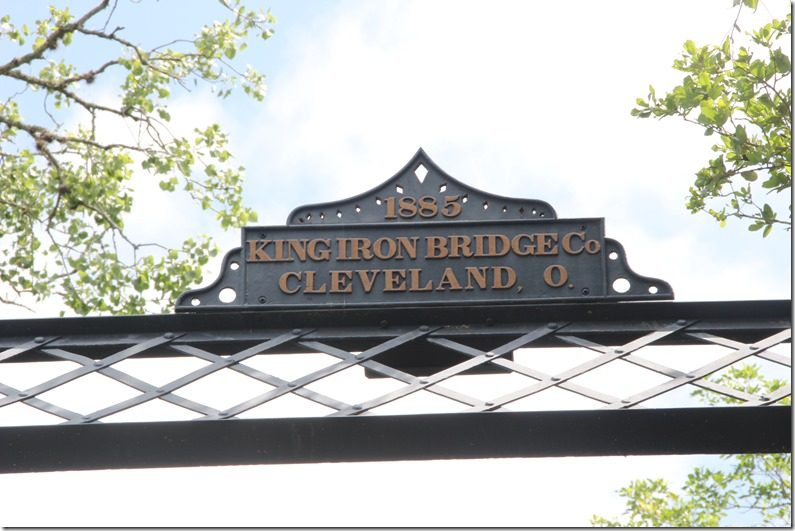
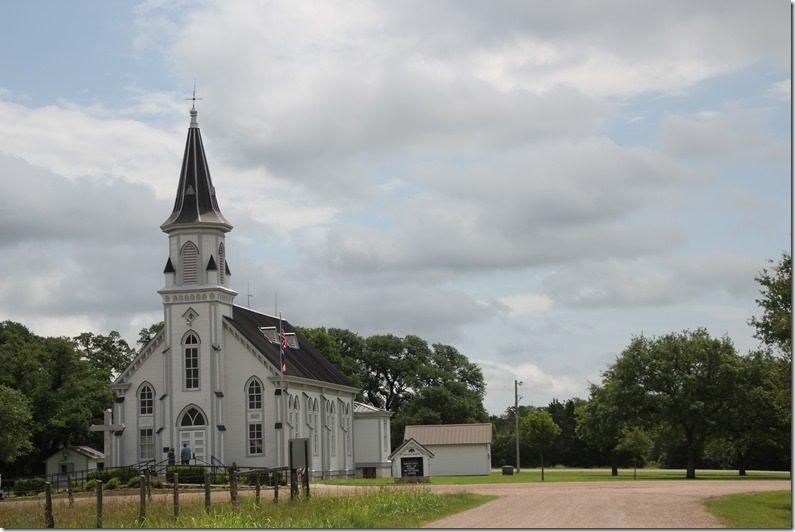
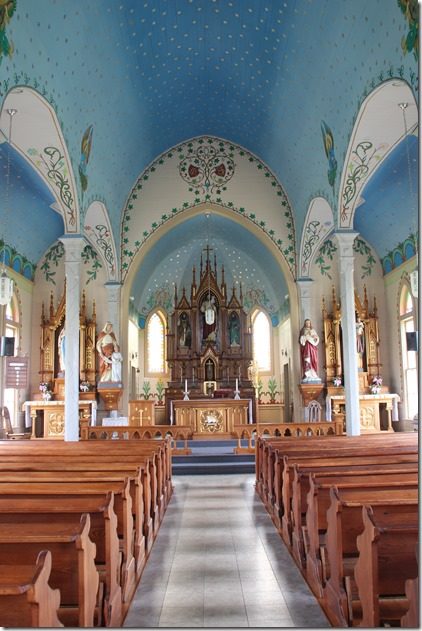
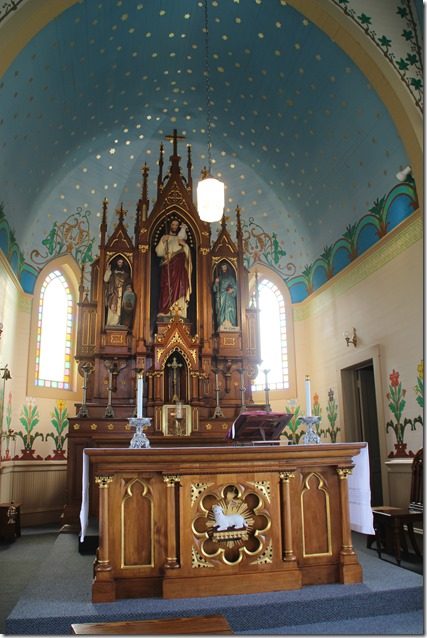
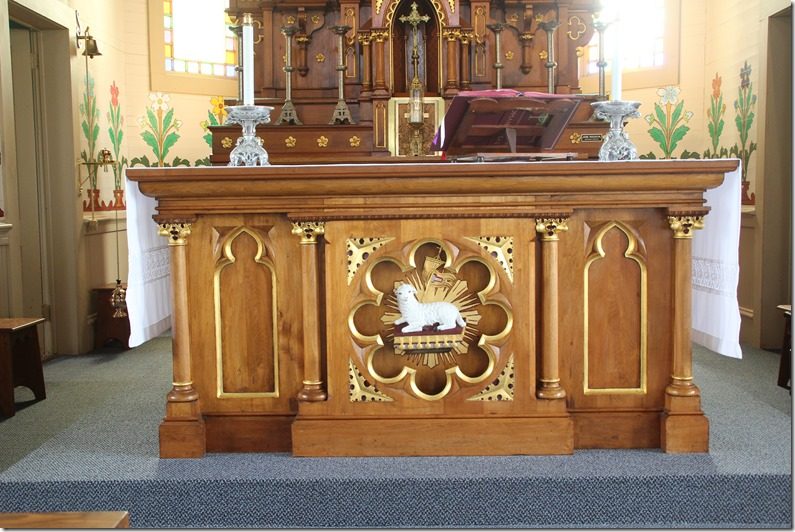
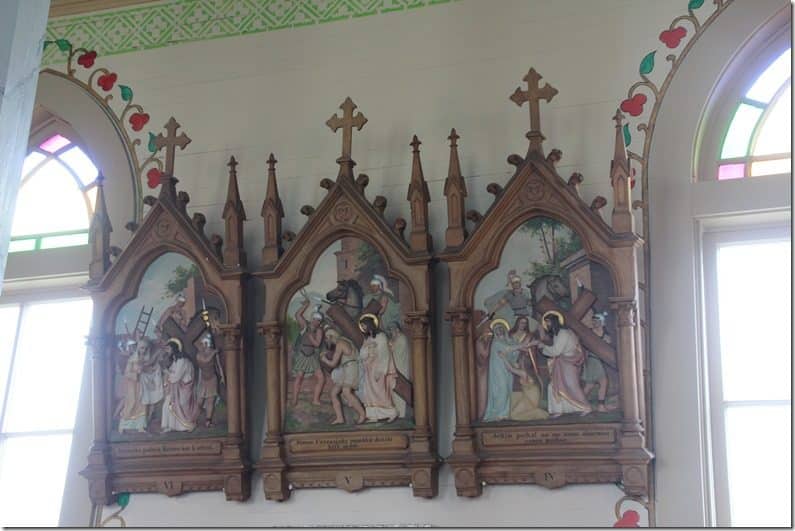
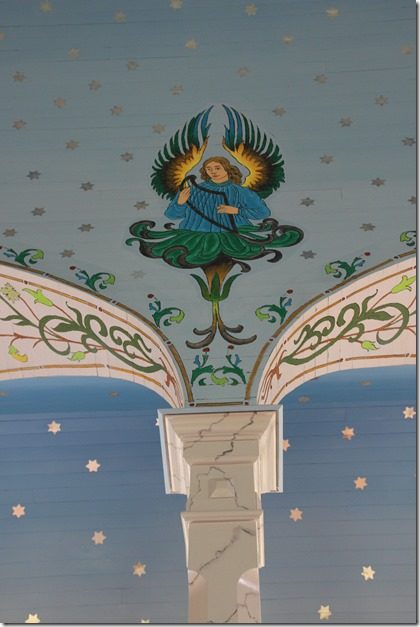
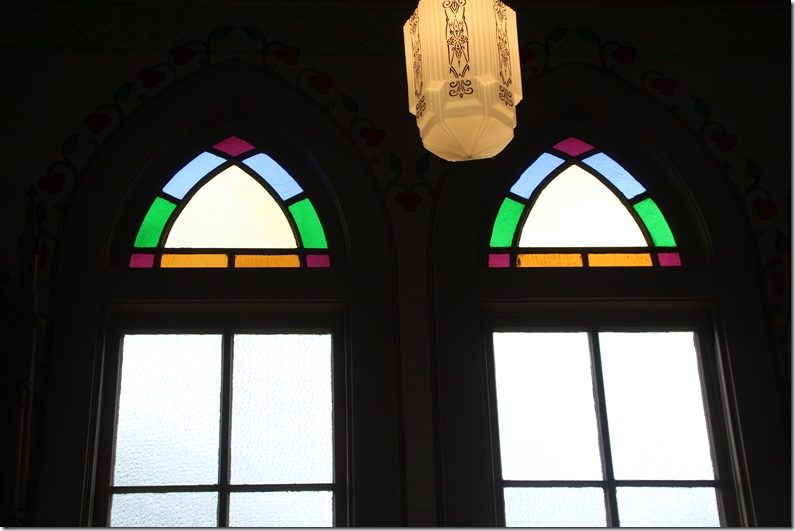
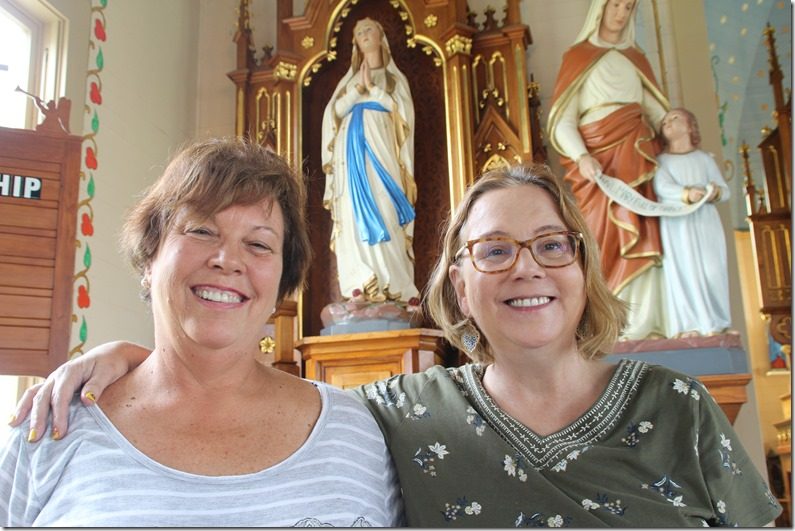
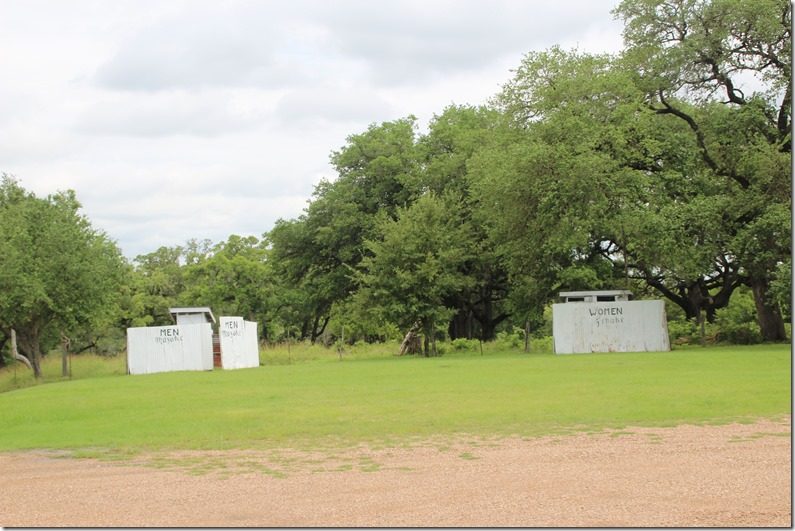
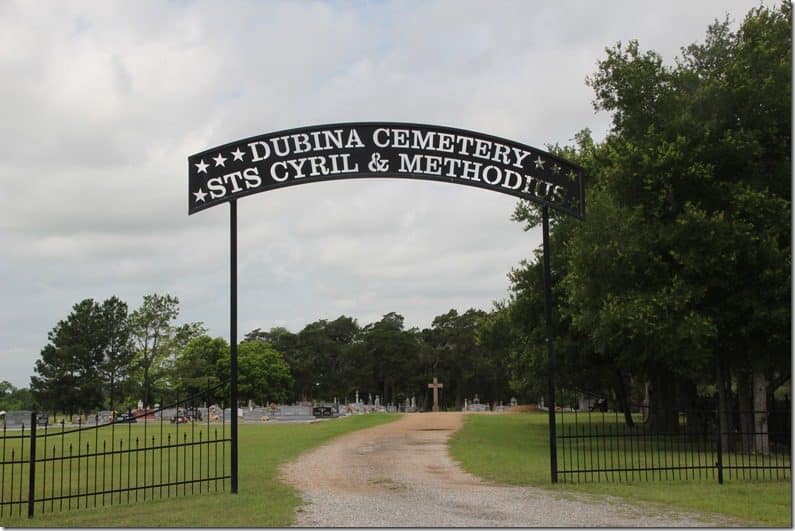
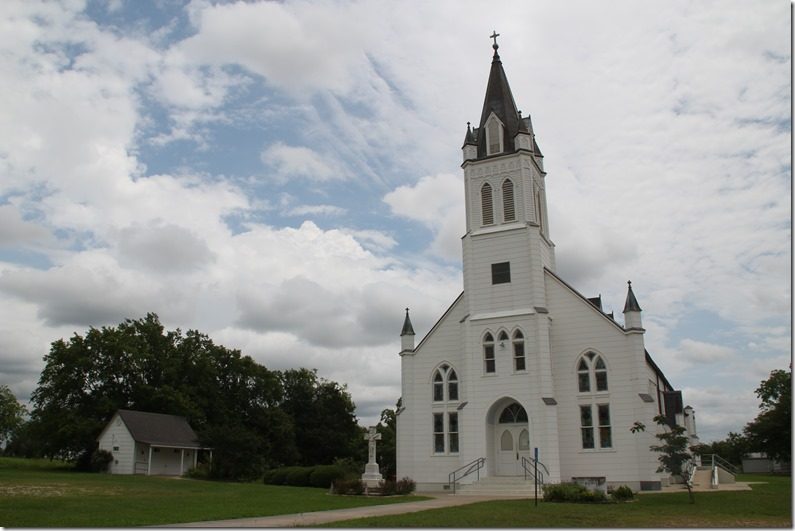
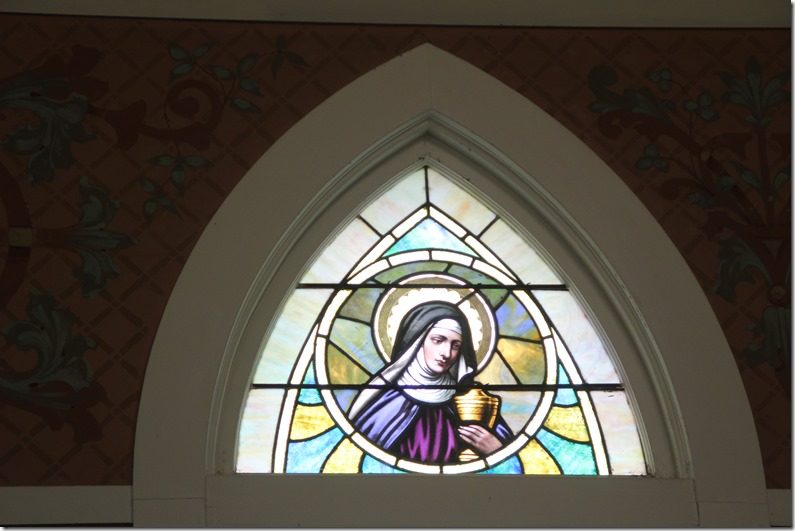
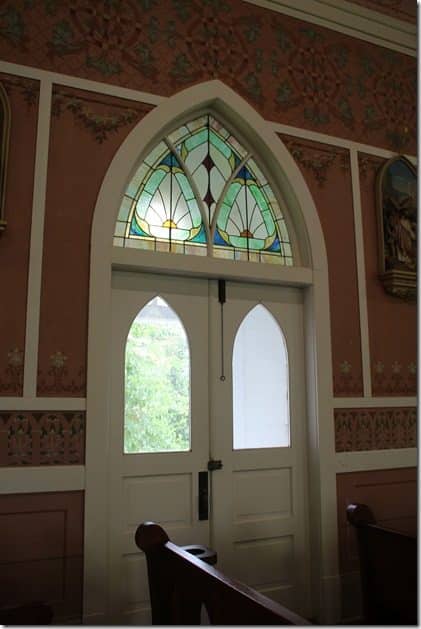
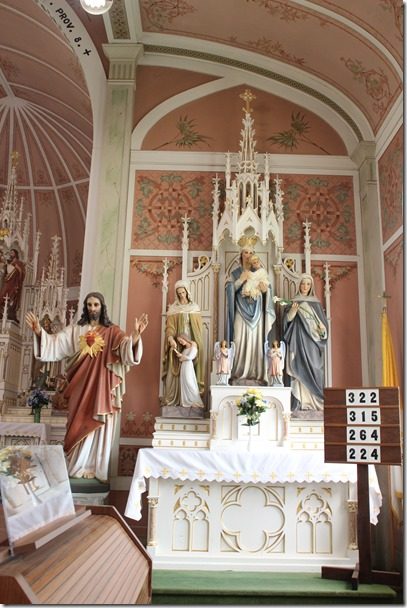
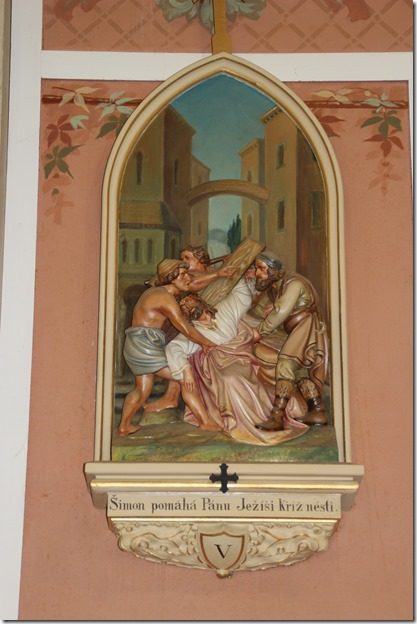
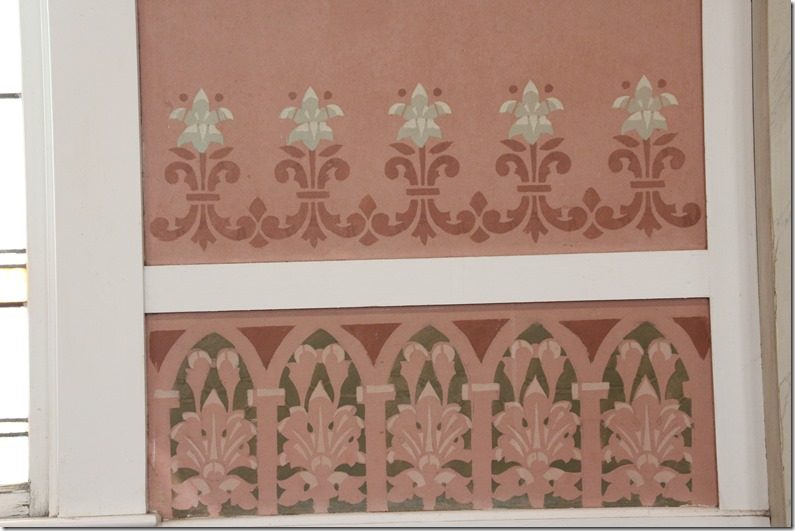
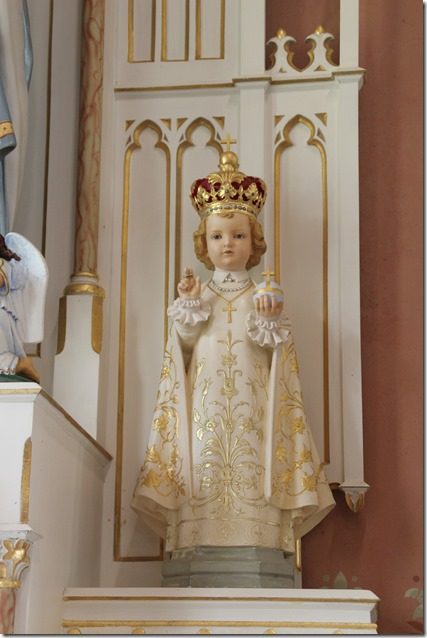
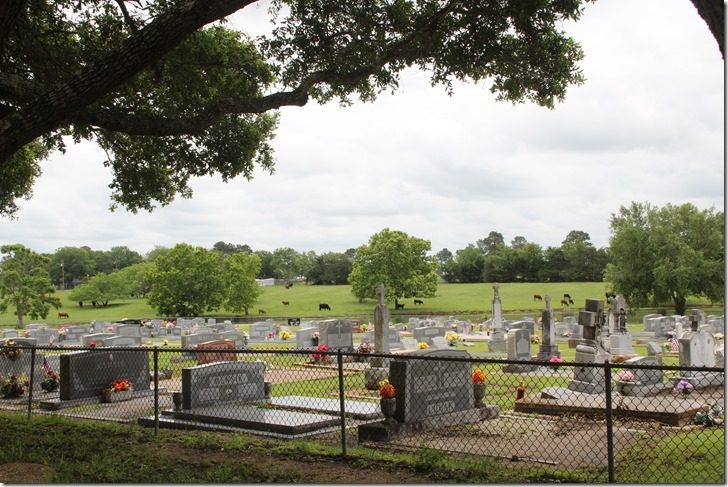
Recent Comments